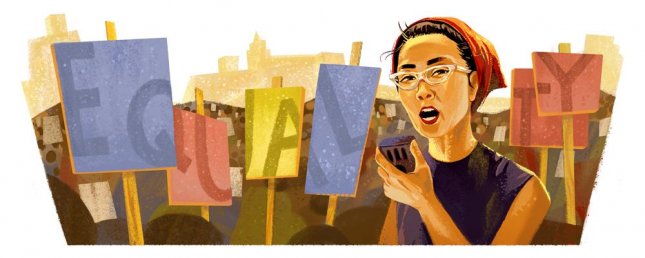“There are moments in history when people all over the world seem to rise up, to say that something is wrong, to ask for change.”
—The Price of Inequality, Joseph E. Stiglitz.
Sometimes change does not bear fruit during our lifetime, but it begins to manifest in the lives of the next generation. As the stories of activists before us have encouraged us to continue their legacy, we also pay tribute to those who have planted seeds, creating the roots for changes to follow.
Breaking the stereotype of the silent minority—Japanese Americans following WWII—Yuri Kochiyama was a leading activist in social justice and liberation movements. Her political awakening came while incarcerated in the internment camps in Arkansas. During this time, she encountered the racism of Jim Crow. Revolutionary Worker writes that the parallels between her own experiences as a Japanese American and the mistreatment of Black People under Jim Crow first propelled Kochiyama towards social justice work.
She worked alongside Malcolm X, vocalizing her support for the Black Liberation Movement. In a photo in Life Magazine in 1965, she is the unidentified woman holding Malcolm X as he passed away at the Audubon Ballroom. Kochiyama taught English to immigrants and volunteered at soup kitchens and homeless shelters in New York City. She also worked tirelessly to free political prisoners around the world.
“The legacy I would like to leave is that people try to build bridges and not walls.”
— Kochiyama, in Debbie Allen’s television series Cool Women (2001)
Photo above: Google celebrated Yuri Kochimaya’s 95th birthday with a Google Doodle in 2016.
